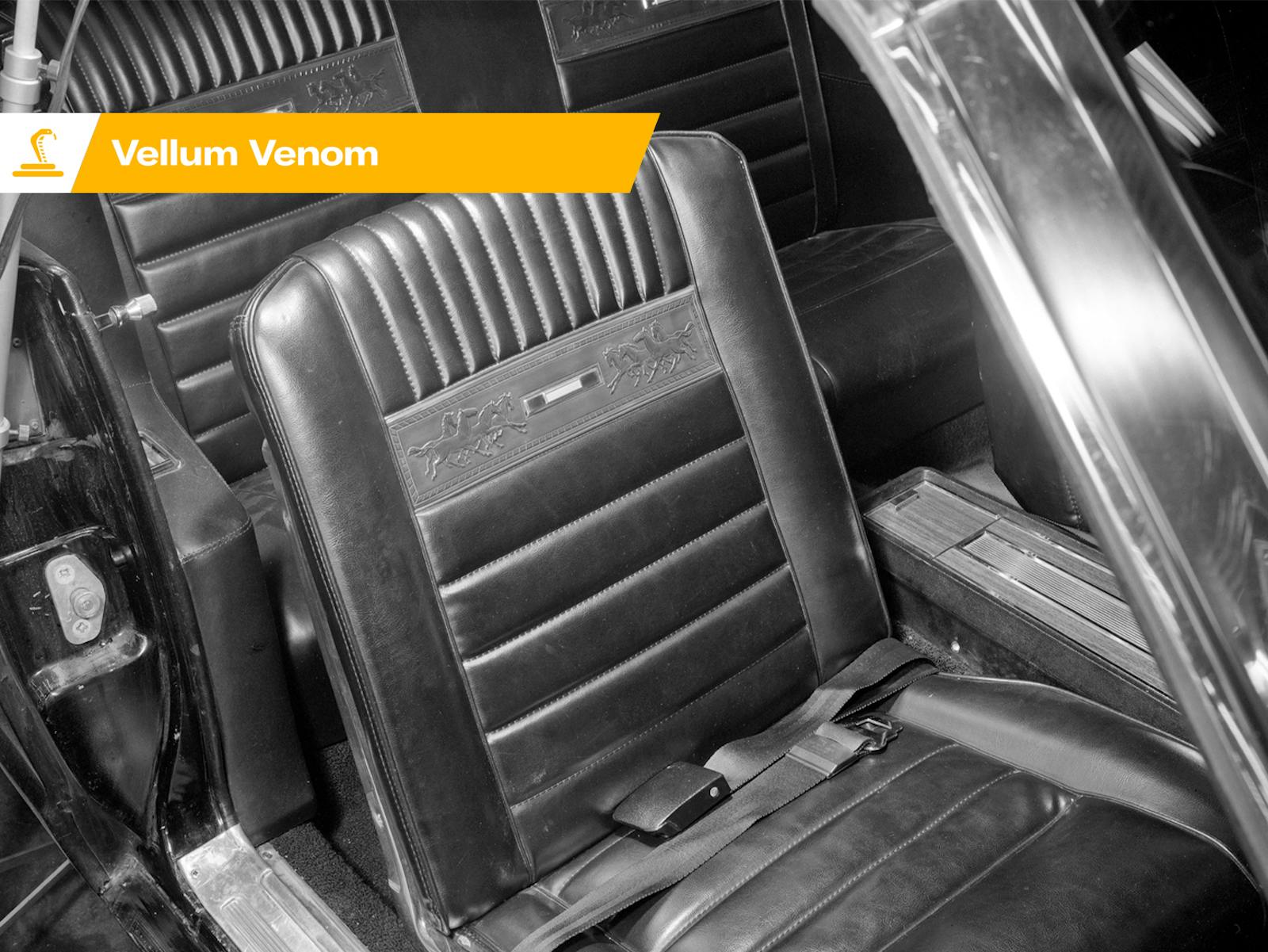How to redesign a cool car and turn it into something unique
Based in London, Niels van Roij Design is a relatively new player in the coachbuilding business. Bugatti claims that its Divo is “reviving coachbuilding,” but what Niels van Roij’s crew does is much closer to what we knew Zagato, Pininfarina, Bertone and all the rest of the Italian design masters for before they went bankrupt, started licensing their brands for cars built in England, and departed from their core business to sell luxury cars though a new company. I would argue that hand-hammering vast sheets of aluminum is key here, and that’s something only the most skilled will continue to do.

Currently, Niels van Roij Design’s main product is the hopefully-100-unit run of Range Rover Adventum Coupés—the two-door, 525-hp, supercharged V-8 luxury SUVs Land Rover decided not to produce after teasing us with the 2018 Range Rover SV Coupé Concept. Turning a four-door into a coupé without messing up the proportions is a delicate task, but the Netherlands-based Niels van Roij is an experienced designer who already cooked up a Tesla Model S Shooting Brake. He’s currently working on a Ferrari 550 Maranello-based “Breadvan” paying homage to the famous 1961 Ferrari 250 GT SWB rebodied in 1962 by Piero Drogo to fight Ferrari’s 250 GTOs.
As luck would have it, this green Tesla wagon—based on a 2013 P85 Performance and unveiled in 2018 in revamped form—is already up for grabs. You can have it for $203,000 if you live outside the European Union or for $245,512 with VAT if you live closer to its former Dutch home. However, if you’re solely interested in how a professional car designer sets about turning a sedan into a wagon, Niels van Roij is here to explain his process, step by step:
What if you have a fantastic sporty luxury car from the 1990s that you bought cheap, thanks to the extreme depreciation of these rare models, and now intend to spend a lot more on it to end up with a contemporary one-off design? Niels van Roij’s team does all sorts of jobs: unique exterior paint finishes and tailor-made interiors; partial conversions, such as turning a coupé or a sedan into a wagon; targas, wide bodies or speedsters; or chopping off even more to create convertibles—or perhaps a landaulette.
Enter the 1991–2003 Bentley Continental R. It’s a special car because it was the first Bentley not to use a Rolls-Royce body since the 1962–65 S3 Continental and because it was the most expensive production car in the world for exactly one year until the McLaren F1 took over in 1992.

Powered by the turbocharged version of Bentley’s now-retiring 6.75-liter V-8, the Continental R was the first Bentley to use a GM-sourced four-speed to help put that power to the ground. It was the fastest luxury cruiser of its era, and with initially 325 and then 420 hp on tap, the Continental R remains a suitable donor for some new ideas. Since only 1504 of all variants left Bentley’s Crewe factory, a small design firm such as Niels van Roij’s wouldn’t do any sacrilegious things to one.
Instead, this kind of digital rebody focuses on cleaning up surfaces and fitting bigger wheels to project a sportier vibe, since the car has to remain within the boundaries of its original homologation and crash testing. That means a limited number of body panels and leaving the existing lights entirely alone—commissioning new units would be vastly out of such a project’s budget.
However, as Niels van Roij demonstrates, Photoshop can take the skilled user very far from the original, and with headlights and other accessories being easily retrofitted with new technologies, all it takes is a dedicated buyer to turn this contemporary Bentley Continental R design into something Niels van Roij’s team could start hand-hammering.


